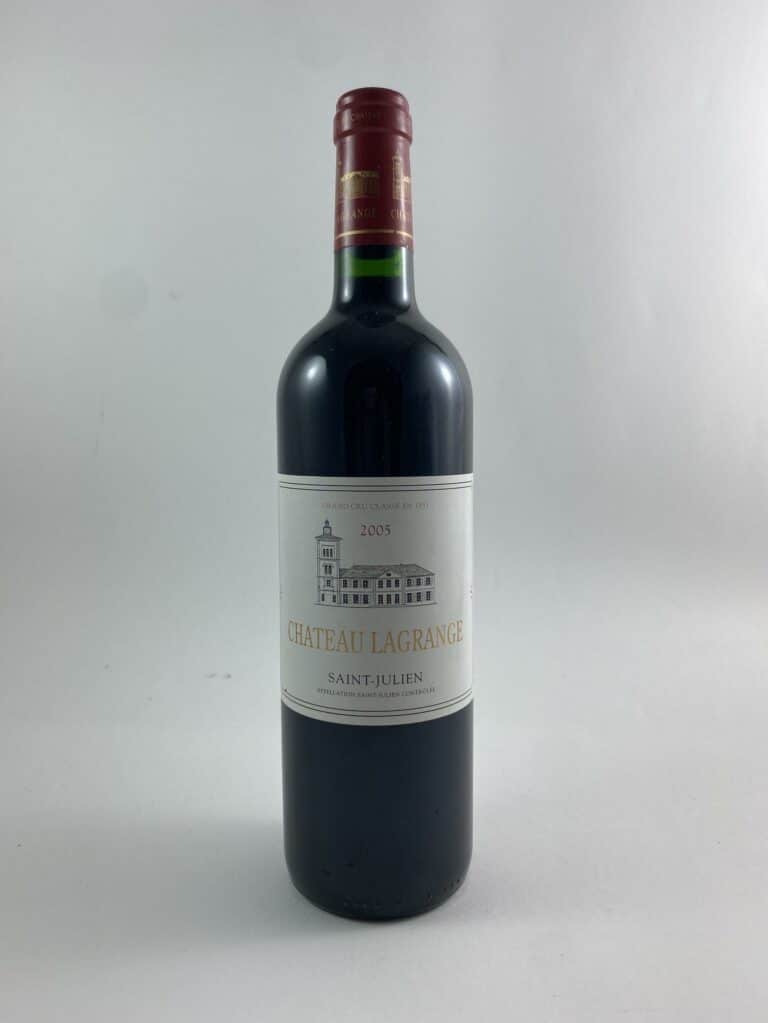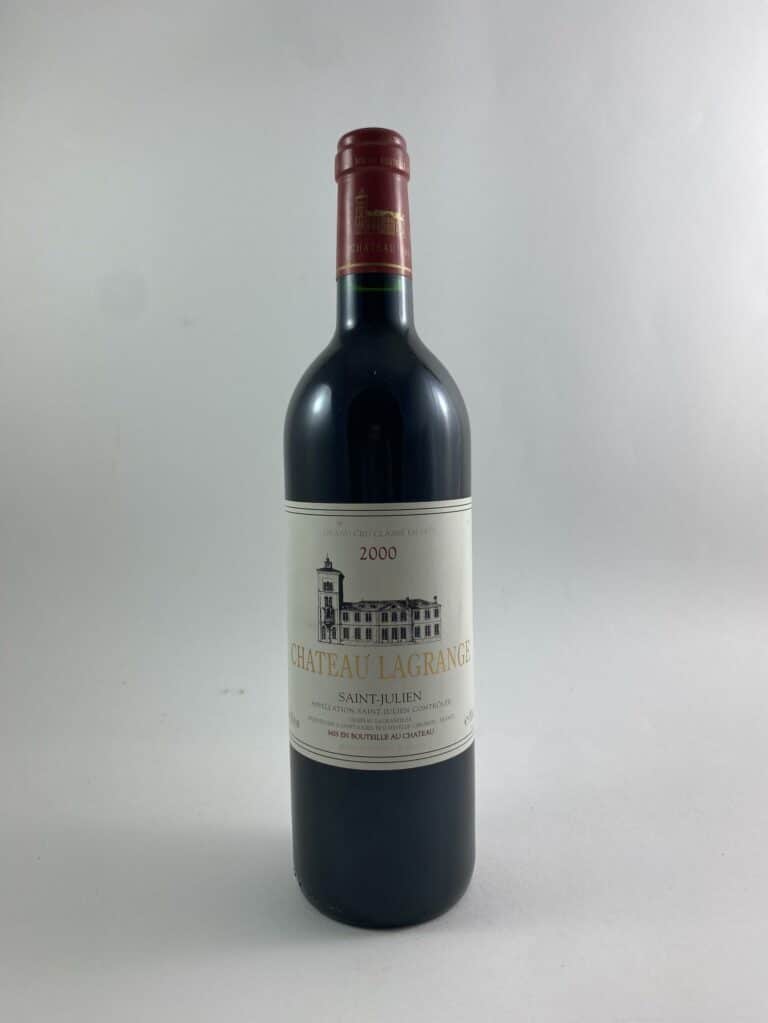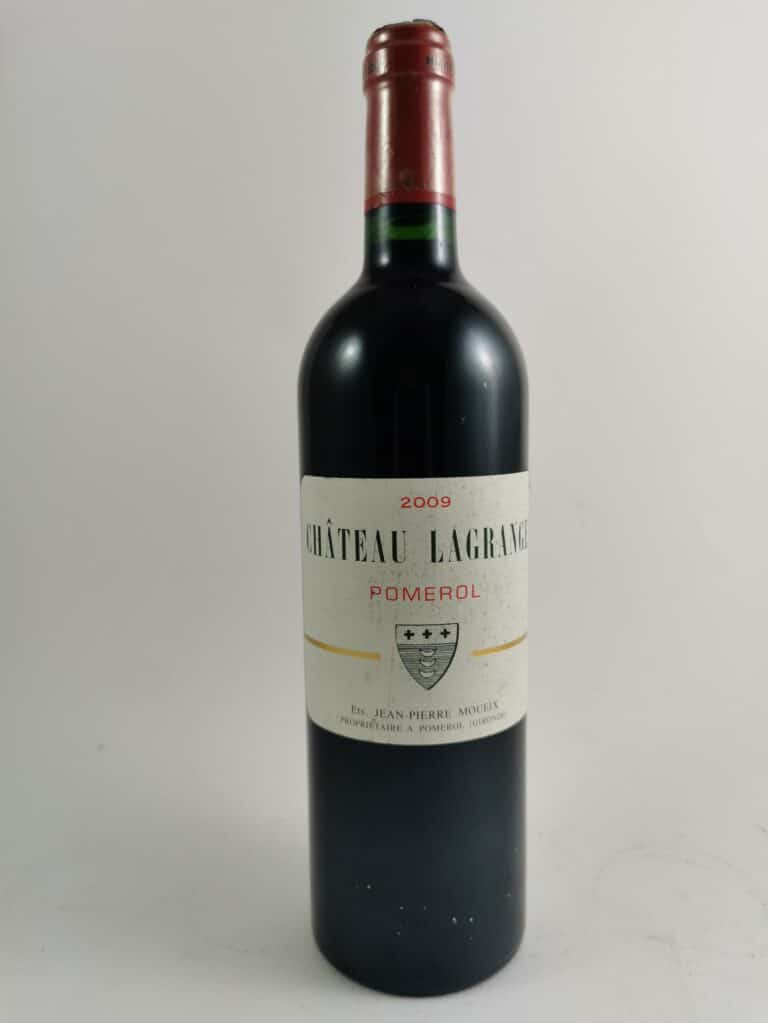Wine Lagrange
Wine Lagrange: château history and owners
When Château Lagrange was founded in the Middle Ages, the estate was divided into two distinct entities. The first was located to the east of the stream that runs through the property. The second was on the western ridge. This was the noble house of Lagrange de Monteil. Located west of Beychevelle.
Château Lagrange was owned by the same family for almost two centuries: Charles de Brane de Cours. The latter was master of the premises from 1712 to 1746. They’re a wealthy Bordeaux family. It’s thanks to her that Lagrange has become one of the finest Médoc estates.
Château Lagrange has been run by a succession of owners. There was Jean-Valère Cabarrus, shipowner and merchant from Bordeaux. Others include John Lewis Brown, a wealthy merchant from Scotland, Count Tanneguy Duchâtel, minister under Louis-Philippe in the 18th century, and Bernard Théodore Galos.
Where is Domaine Lagrange located and what are the characteristics of the vineyard?
Located in the Bordeaux vineyards Château Lagrange is located in the commune of
Saint-Julien-Beychevelle (Gironde). Its vineyards cover more than 115 hectares. The estate’s plot is protected by the garrigue – an acidic, chalky terrain typical of the Mediterranean region.
The climate is mild Mediterranean, with a cool breeze from the Cévennes. This marriage guarantees a balanced biosphere.
How are these wines made?
The vineyards are located on two gravelly hilltops. These are mixed with ferruginous clay or sand. There is a small white vineyard of 4 hectares. Since 1983, the domaine has produced Les Fiefs de Lagrange, a second wine. White wine has also been produced since 1996(Les Arums de Lagrange, Bordeaux appellation).
On average, vines can last up to 30 years, with a planting density of 8,500 vines per hectare. Production can then reach 700,000 bottles a year.
The grape variety
Lagrange’s red grape varieties are composed of Petit Verdot (7%), Merlot (28%) and Cabernet Sauvignon (65%).
Taste and style in the mouth
The flavors of Lagrange wine remind us of juicy plums, with intense, spicy notes of rosemary and thyme. This is a regular, elegant, fine wine.
The best vintages of Lagrange wine date from 1928, 1929, 1943, 1945, 1947, 1949,
1953, 1955, 1961, 1962, 1966, 1982, 1983, 1985, 1986, 1989, 1990, 1995, 1996, 1998, 2000, 2005, 2009.
Environmental values
Biodiversity has pride of place at the Lagrange vineyard. Several initiatives have been taken to preserve it, including the planting of trees and hedges. Eco-pasturing is a common practice in the area. It provides natural maintenance for marshes, meadows and the garenne. This commitment to the environment has helped preserve the estate’s flora and fauna. No chemical weedkillers are used in the vineyard.




